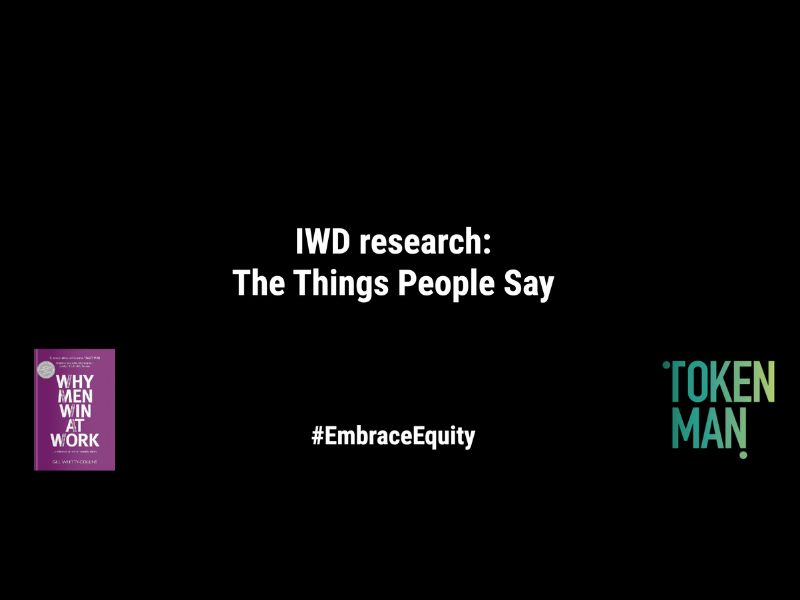
Article from Maria Kakarika, Associate Professor of Organisational Behaviour at EM Normandie and Helena Gonzalez-Gomez, Associate Professor of Organisational Behaviour at NEOMA Business School
Imagine you are being bullied at the office.
You are excluded from important events, usually end up sitting alone during breaks including lunchtime, and have been verbally insulted and belittled by a couple of your colleagues for reasons you cannot understand.
What our research reveals is that victims of bullying have a strong tendency to blame their employers for their suffering, rather than the bully, regardless of job title, industry or company type.
Researchers Maria Kakarika, Helena González-Gómez and Zoe Dimitriades ran two studies in France and Greece, with more than 300 participants. They found that bullied employees strongly believe that these episodes are the company’s responsibility and not the bully. Integrated social exchange and attribution theories to propose and test a model wherein the link between workplace bullying and job and life satisfaction is explained by a breach of the psychological contract, i.e., employee beliefs that the organisation failed to meet its commitments towards them.
The empirical findings of the study demonstrate that employees do not isolate incidents of workplace bullying; rather, such incidents increase global perceptions that the employer has broken promises. These perceptions are systematically related to job dissatisfaction and spill over to general life.
Gender and age are two factors that explain differences in reactions to bullying. Our results show that male employees tend to deal with bullying in different ways than females. Consistent with stereotypes of men as tough and strong, men tend to blame the bully or themselves rather than the company, whereas women get in bad emotional states and blame the company for allowing the situation to happen. These reactions are especially pronounced for older employees.
It is therefore up to organisations to intervene if they are to keep their employees happy and satisfied.
So, what can your company do to minimise the risk of broken (implicit) promises due to bullying and its harmful consequences? How can you deal with male and female victims of bullying from different age groups?
You may be tempted to answer that employees should work on their issues with one another (Beware! California now requires large organisations—with more than 50 employees—to train managers on preventing bullying at work). Or you may be tempted to answer with the “zero-tolerance policy” response – you want to prevent office bullying from taking place in the first place. But even Deutsche Bank’s anti-harassment policies didn’t stop the company from making it to the headlines: Helen Green – a former company secretary, won about £1m in damages over bank bullies. Such cases and the contrasting research results by this team of researchers show that the job of dealing with bullying in the workplace is much more complex.
The researchers recommend three strategies to deal with this undesirable phenomenon. First, make it easy for victims to report the office bully, and eliminate any bureaucracy. Victims should have no obstacles to voice their concerns. Second, provide special training for women to speak up and stand up to the bully. Clarify that the company is there to keep women from further harm. Provide men with coaching on understanding deep-rooted male status and bully-proof stereotypes. Third, don’t forget older employees – establish a special channel for communication for them and don’t lose their valuable knowledge.
While bullying in the workplace may be rife, it can be managed and, as this project concluded, organisations need to understand the phenomenon and take a stand.








